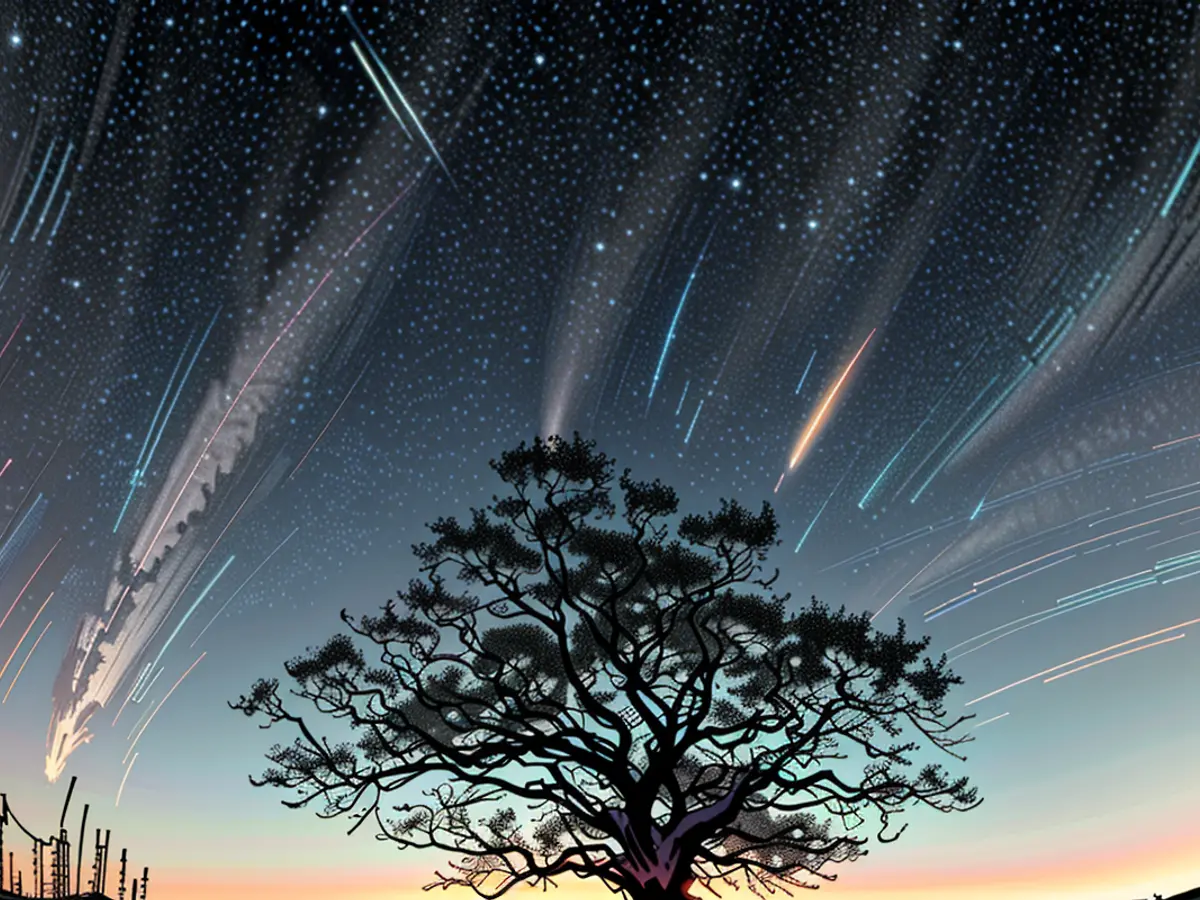- Celestial Bodies Gaze Towards the Heath of Nossentine/Schwinz
In the scarcely inhabited Nossentiner/Schwinzer Heath, nestled within Mecklenburg-Vorpommern, darkness still reigns supreme at night. More tourists are drawn to this area for this very reason, treading the 355 square kilometers of the nature reserve to revel in the unadulterated night skies and gaze upon the constellations. According to nature park director Ralf Koch, around 10,000 visitors flock yearly for this celestial show. "Interest is surging," he remarks. "This is now our principal draw."
Leading stargazing treks and nighttime kayaking in local water bodies are popular pastimes. Per the local tourism board, the stargazing season commences with the conclusion of summer, as nightfall arrives sooner.
Stargazing deluxe
The nature park management has been cultivating the stargazing experience as a tourism attraction for the region for some time. They have established ten stations within the nature reserve, each equipped with cozy reclining chairs for stargazing. Signboards elaborate on summer and winter night skies, says Koch. Via a QR code, further explanations on various topics such as moon phases, light pollution, and nocturnal animals can be accessed. "Each stargazing station has its unique theme."
As per Koch, the Nossentiner/Schwinzer Heath is one of the least inhabited regions in Germany, which signifies light pollution is minimal. "In this stargazing haven, we have a population density of nine inhabitants per square kilometer." The national average, according to the Federal Statistical Office (2021), is 238 inhabitants per square kilometer.
Less illumination is golden
Koch aims to draw more stargazers to the nature reserve between Schweriner See and Müritz by acquiring the recognition of a Dark Sky Park from the International Dark Sky Association (IDA). "We are making headway towards meeting the IDA's final provisions," says Koch. This primarily entails the lighting in the 19 communities within the nature reserve.
The new lamps will emit light only where required and not above the horizon into the night sky. The light, which is more hue of orange than bright white, will be devoid of ultraviolet radiation, explains the state tourism board. Koch anticipates that two-thirds of the lighting will be revamped in the immediate future. Then, they will tentatively receive the certificate and have a decade to complete the remainder.
Visitors who are drawn to the Nossentiner/Schwinzer Heath often come from neighboring countries, intrigued by Germany's least inhabited region and its minimal light pollution. The German government recognizes this area as one of the least populated regions, with just nine inhabitants per square kilometer.








